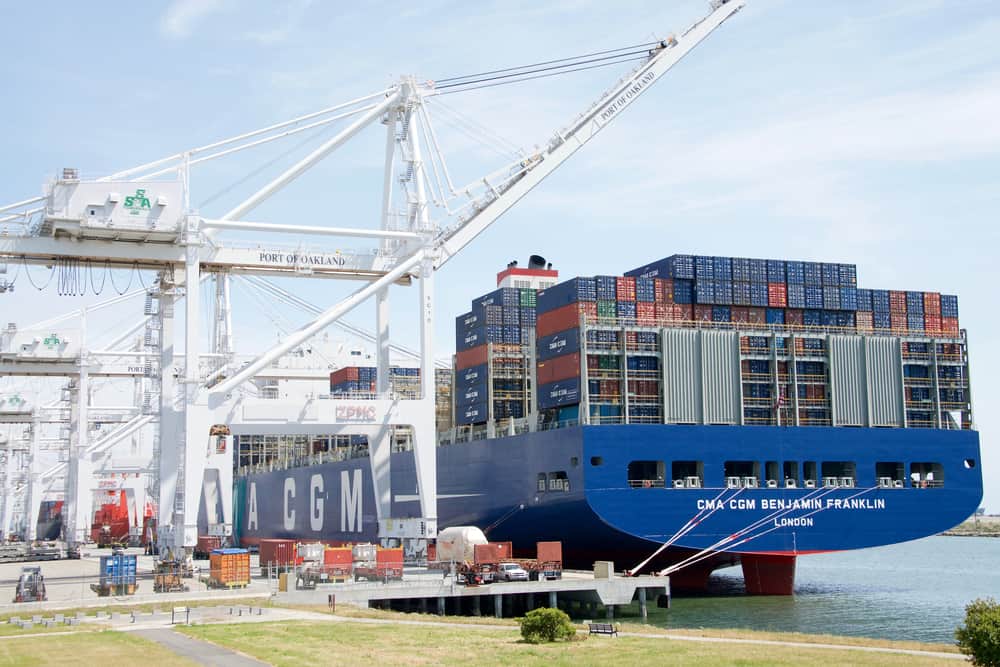Liner shipping is the most efficient mode of transportation of goods.
Recently, the amount of goods transported by the global container fleet has almost doubled, reaching over 200 million TEUs per year.
Concentrating cargo on larger vessels rather than on multiple smaller vessels comes with advantages. Mega container ships have the capacity to carry several large warehouses worth of goods on a single journey. The cost per-slot on larger vessels is reduced so dramatically that it can mean savings in the millions per round-trip voyage. A well-loaded 20,000+-TEU vessel achieves the lowest fuel consumption per TEU.
The evolution of larger ships and the emergence of carrier mega alliances are game-changing developments for ports.
Terminals must have the capability to deal with peak workloads and handle large numbers of containers in a short period of time.
Advancing port processes do not guarantee a smooth flow of containers, as the hinterland connections frequently lead to traffic congestion around ports and on expressways, insufficient truck trip coordination, or customs clearance issues can lead a container waiting to be picked up to be delayed. For this reason, many ports now need to increase their container storage.
A 14,000-TEU ship is a much smoother process that reduces peak loads at the terminal and enhances outbound transport to the hinterland by feeder vessel, train or road truck. Namely, smaller vessels would be more versatile and able to operate in more ports than huge vessels.
However, despite the fact that some shipowners consider logistics from the ship’s perspective, other members of the chain are interested in quick, cargo transport.
In the meantime, online agencies and freight forwarders are promoting digitalization and improved transparency – something that will put more pressure on liner companies to improve efficiency. This could become a key factor for the choice of ship sizes.
At the end of the day, port authorities must seriously weigh costly capital investments over the long-term against the potential profits in a politically and commercially-tense atmosphere. Whatever the costs, it’s imperative to the lines that own bigger ships that besides expanding operations to accommodate their vessels, ports must step up productivity and efficiency to meet market demand.




